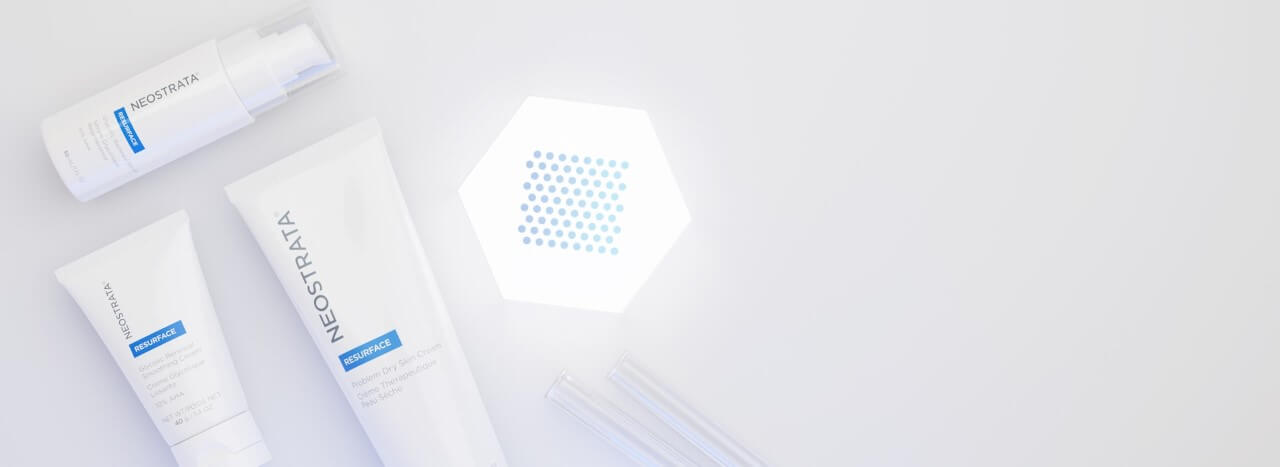KERATOSIS PILARIS

WHAT IS KARATOSIS PILARIS?
Have you ever experienced rough bumps like "chicken skin" on your arms or legs? If so, you’re not alone. Keratosis pilaris is a common skin condition, affecting nearly 50–80 percent of adolescents and 40 percent of adults and most common in families with a history of eczema, allergies and asthma.
Keratosis Pilaris looks like tiny, rough-feeling bumps on the skin that may be mistaken for small pimples. These bumps are actually plugs of dead skin cells that clog your pores or hair follicles instead of flaking off. The plugs appear most often on the outer side of the upper arms and thighs. Children may also have these bumps on their cheeks.
WHAT CAN I DO TO GET RID OF KERATOSIS PILARIS?
Keratosis pilaris is harmless and usually clears up on its own. In the meantime, if the itch, dryness, or the appearance of these bumps bothers you, there are products that can help improve the appearance of affected skin.
Applying a moisturizer keeps skin hydrated, minimizing and softening the bumps. Apply several times each day, especially after showering while the skin is still damp. Look for skin smoothing moisturizers with alpha hydroxy acid and glycolic acid—proven to gently exfoliate, improving the texture and appearance of the skin.
HOW CAN I PREVENT KERATOSIS PILARIS?
Self-help measures won't prevent keratosis pilaris or make it go away, but they may improve the appearance of the affected skin.

Use warm water and limit bath time. Hot water and long showers or baths remove oils from the skin. Limit bath or shower time to 15 minutes or less and use warm, not hot, water.

Be gentle to the skin. Avoid harsh, drying soaps. Gently remove dead skin (exfoliate) with a washcloth or loofah. Scrubbing can irritate the skin further. Gently pat or blot your skin dry with a towel.

Moisturize daily. Apply an exfoliating moisturizer while your skin is still damp from bathing. Reapply to the affected skin several times a day as tolerated or alternate with a gentle, hydrating moisturizer.

Use a humidifier. Low humidity dries out the skin. A portable home humidifier or one attached to your furnace will add moisture back into the air inside your home.